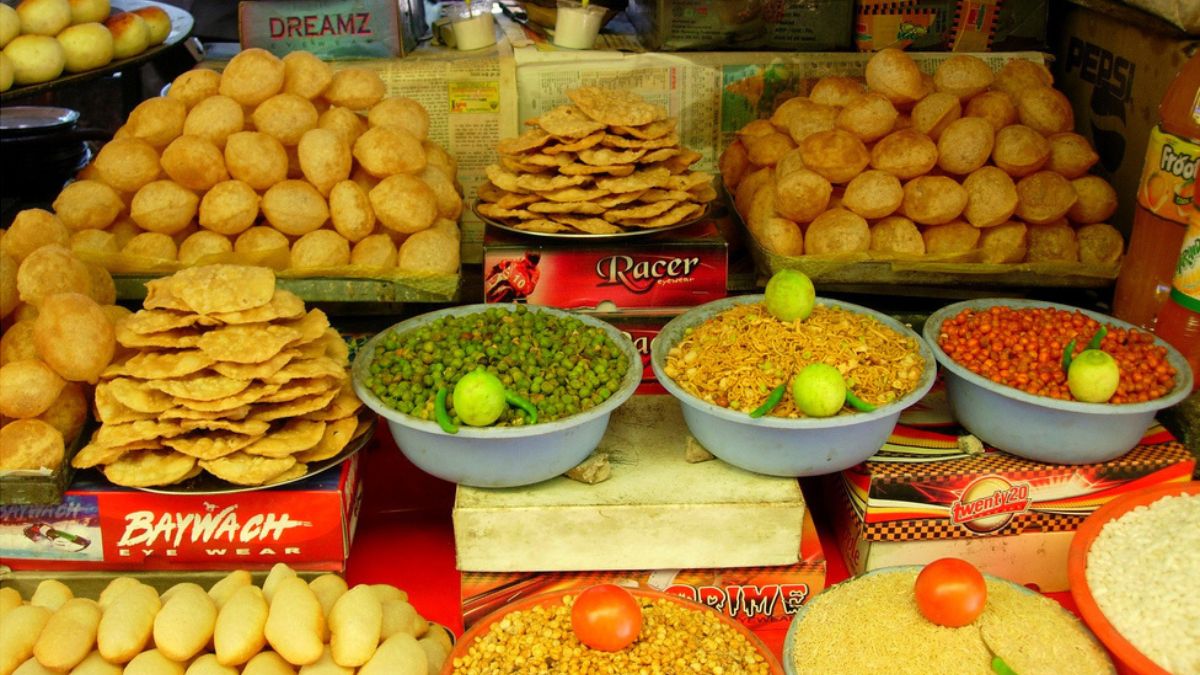Here’s the food that makes Lucknow worthy of a global tag
 Lucknow chaats | Wikimedia Creative Commons
Lucknow chaats | Wikimedia Creative Commons
When it comes to culinary heritage, few Indian cities boast a repertoire as refined and storied as Lucknow. A feast for the senses, the city’s cuisine is an art form passed down through generations — one where flavour, technique and tradition come together on a plate.
Now, with a formal pitch submitted to UNESCO to recognise Lucknow as a Creative City of Gastronomy, the spotlight is firmly on the city's language of food.
Rooted in the opulent kitchens of the Awadhi nawabs and enriched by centuries of cultural exchange, Lucknow’s food is more than just delicious — it’s historic, diverse, and evolving. New generations of chefs, sweet-makers, and chaat vendors continue to innovate — updating classic dishes for modern times while keeping traditional methods intact.
Here’s what makes the city’s fare worthy of global honour.
The kebab culture
No conversation about Lucknow’s food can begin without the legendary kebabs. The galouti kebab, originally crafted for a toothless nawab, is a melt-in-the-mouth marvel of minced meat, papaya and a secret blend of over 100 spices. Tunday Kababi continues to draw patrons and Seekh kebabs, kakori kebabs and shami kebabs complete the city’s rich meat-based offerings.
Chaats with character
Lucknow’s streets are alive with the crunch and zing of chaat. Tokri or basket chaat is a masterpiece of crisp fried potato, yogurt, chutneys and spices — layered and theatrical. Pani ke batashe (golgappas), matar chaat and dahi bada are super popular for their soulful flavours.
The royal breads
Bread, in Lucknow, is not an afterthought — it’s central to the meal. Sheermal, a slightly sweet, saffron-laced flatbread, is slow-baked in tandoors and often served with kebabs. Then there’s the ultra-soft roomali roti, and other rotis rich with ghee and delightfully flaky.
Biryanis with a soul
Unlike its Hyderabadi cousin, Lucknow’s biryani is fragrant, subtle, and cooked in the traditional dum style — where the meat and rice are sealed together and slow-cooked to perfection. Each grain holds its own, with perfectly balanced spices.
Sweets steeped in nostalgia
From kulfi falooda to makhan malai (nimish), Rewaris and gajak, imarti, rabri and sohan halwa grace festive spreads. Even the paan here is fragrant, cooling and often artistically folded.
Tourism